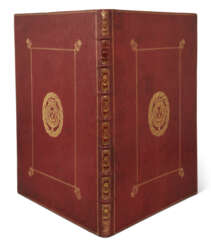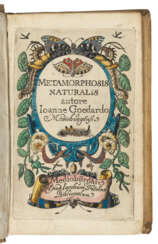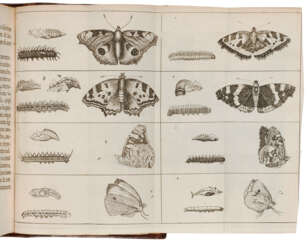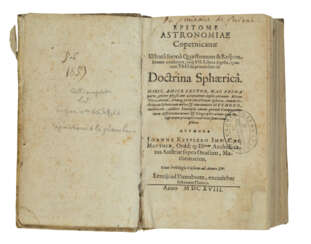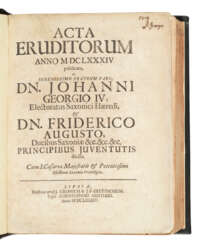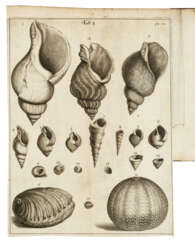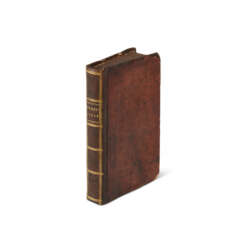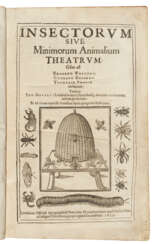
Printed books — Valuable Books and Manuscripts
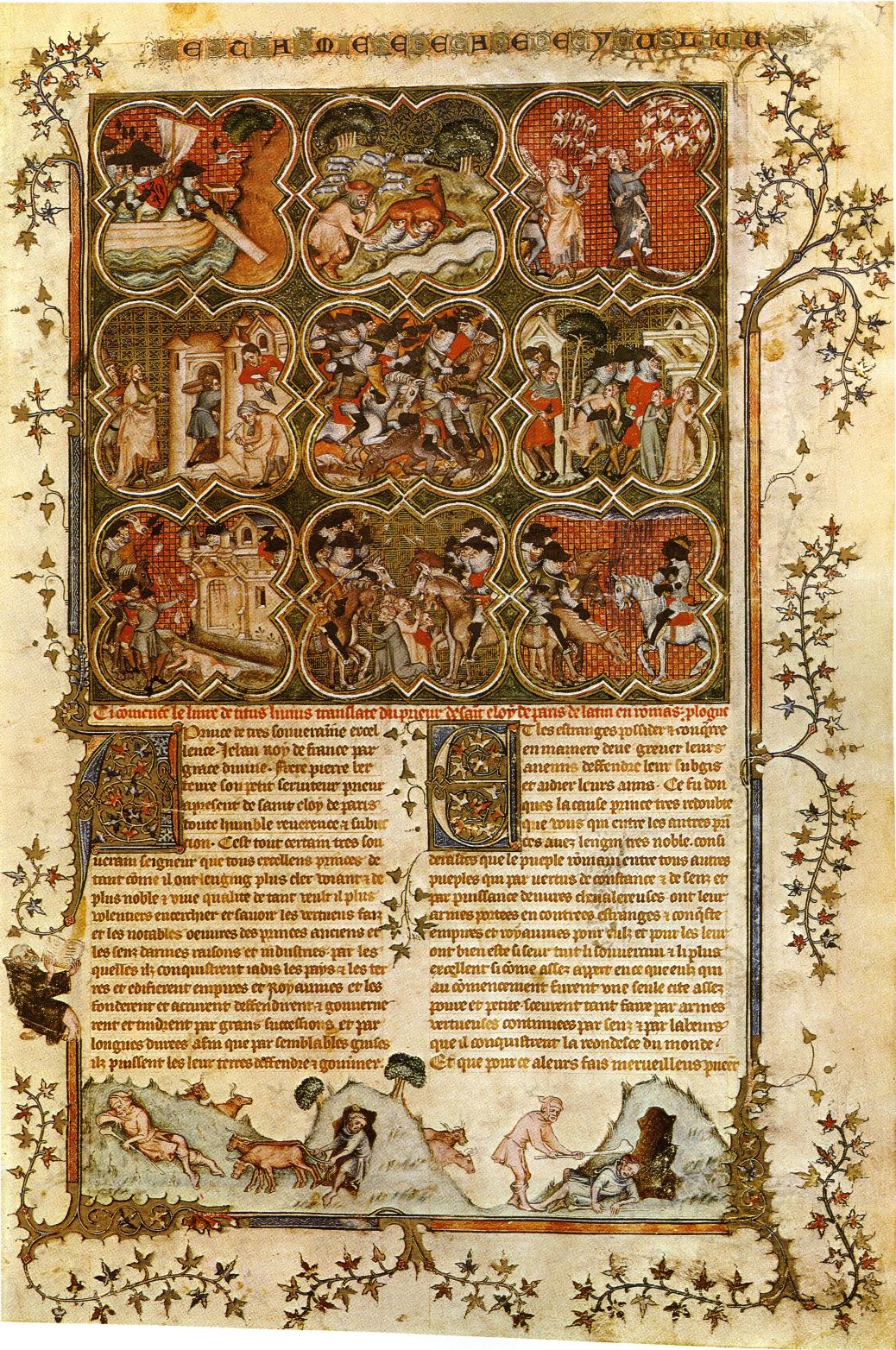
Pierre Bersuire, also known as Petrus Berchorius, was a French medieval writer, Benedictine monk, translator, and encyclopedist.
He was the leading French scholar of his time and friend of Petrarch, author of encyclopedic works on morality, and the first French translator of Titus Livy's History from the Foundation of the City. Very interesting for researchers is Pierre Bersuir's text Ovidius Moralisatus - written in Avignon in 1340 and spreading rapidly, it is a systematic allegorical analysis of the Metamorphoses, aimed at the current situation in church and society.
Bersuire was also an eloquent preacher and author of voluminous sermons.
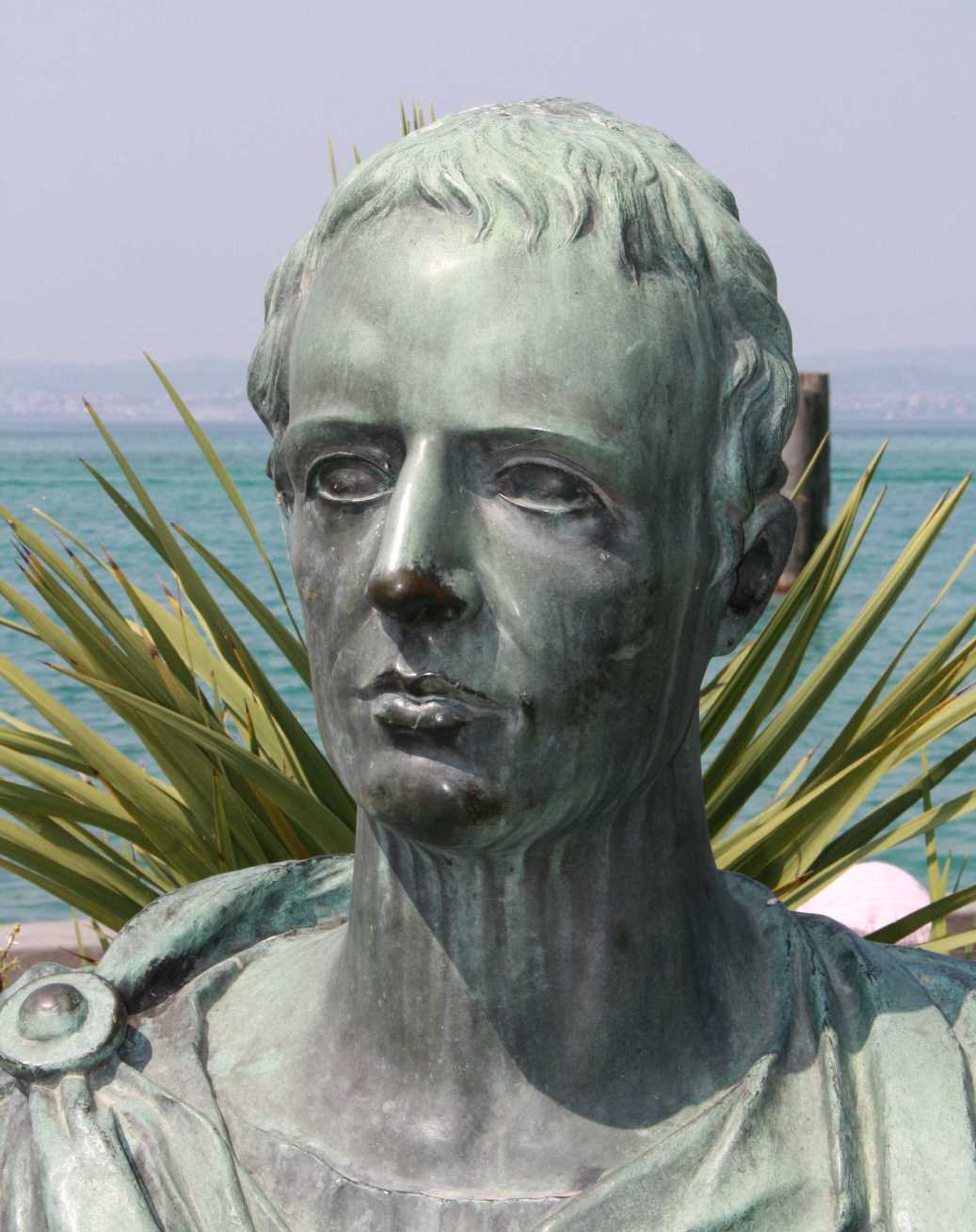
Gaius Valerius Catullus, often called Catullus, was a Roman poet whose statements on love and hate are considered the best lyrical poetry of ancient Rome.
Scholars have concluded from existing sources that Catullus was a contemporary of the statesmen Cicero, Pompey, and Caesar, whom he addresses in various ways in his poems. In 25 poems he speaks of his love for a woman he calls Lesbia. In other poems Catullus speaks sarcastically or contemptuously of Julius Caesar and other politicians.
Catullus' poems have been praised by modern poets, notably Ovid and Virgil.
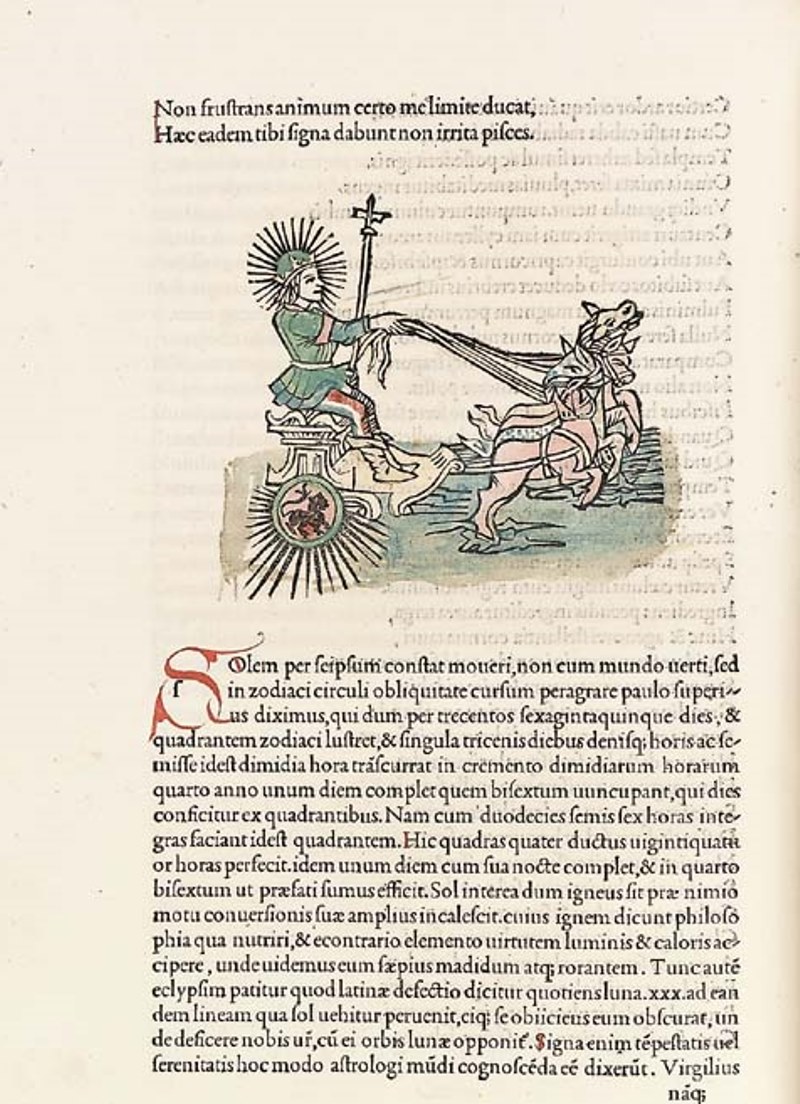
Coriolanus Cepio, or Coriolanus Cepico (Latin: Coriolanus Ceppico, Coriolanus Cepio) was a Venetian humanist nobleman of Croatian origin, historian, and military officer.
In Venice and Padua he studied humanities, navigation and military strategy, then worked as an official in his native Trogir. During the war of the Republic of Venice with Turkey, which lasted four years (1470-1474), Cepio participated in this expedition as commander of the Trogir galley. In Petri Mocenici imperatoris gestorium libri III (Venice, 1477) he described the military expedition and his experiences therein. Cepio describes in detail the military operations in the Levant, near the Ionian Islands, in the Peloponnesus and the Balkans, and in Asia Minor. He is especially interested in the conquest of Izmir, the attempts to set fire to the Gallipoli arsenal and the siege of Shkoder, the capture of Smyrna, the Venetian protectorate of Cyprus, and Scutari.
He covers the Venetian victories at Mochenigo very carefully. As a humanist, Cepio noticed everything that pertained to antiquity and ancient monuments. This book is one of the oldest printed works by Croatian authors.
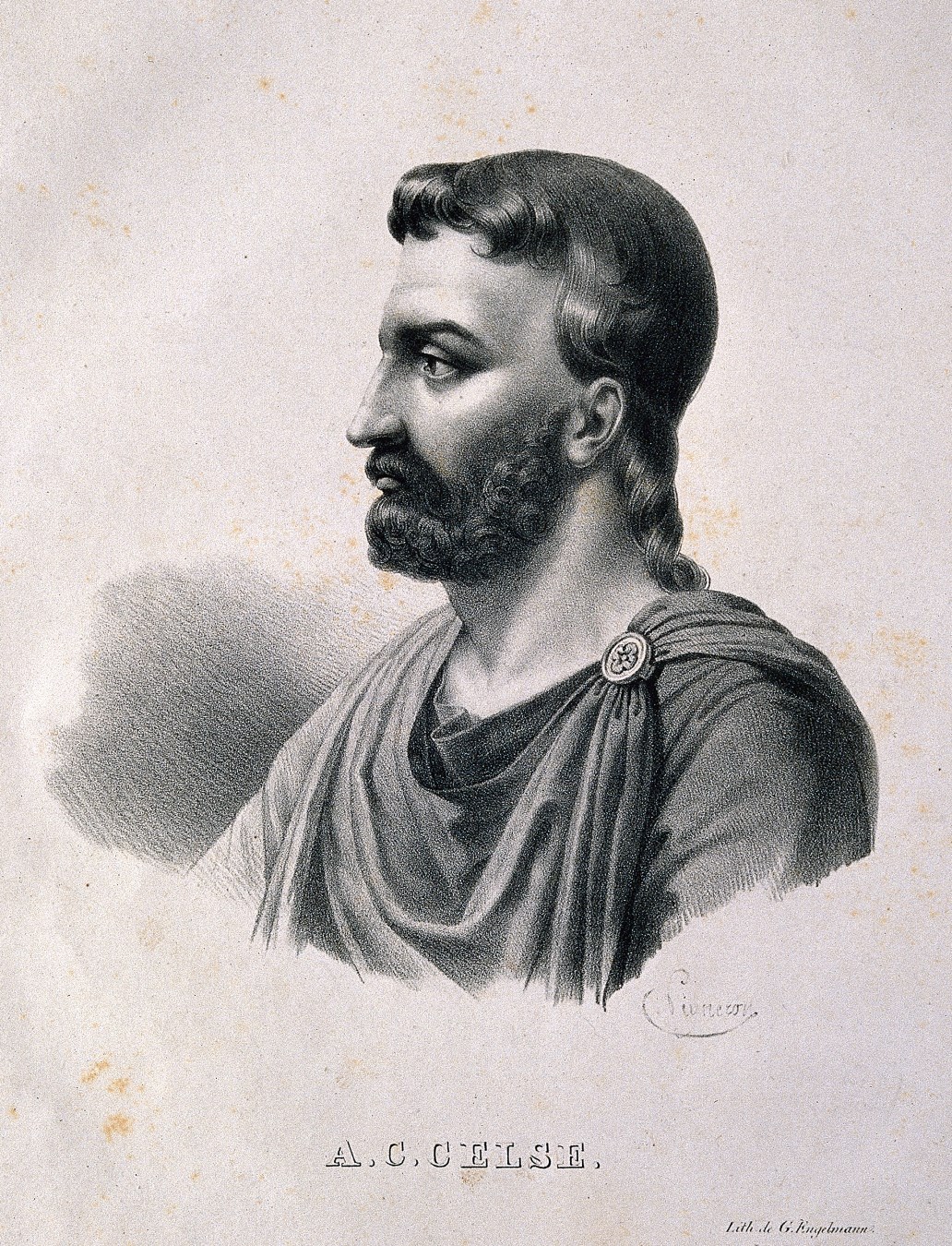
Cornelius Gerardi Aurelius, also called Goudanus, was a Dutch humanist scholar, writer, and historian.
Aurelius was a permanent canon (monk) of the Augustinian monastic order and is one of the first humanists of the Netherlands in the 16th century. He wrote poetry, historiography, hagiography, political and theological works. Aurelius also corresponded with many of the famous men of his day, especially Erasmus.
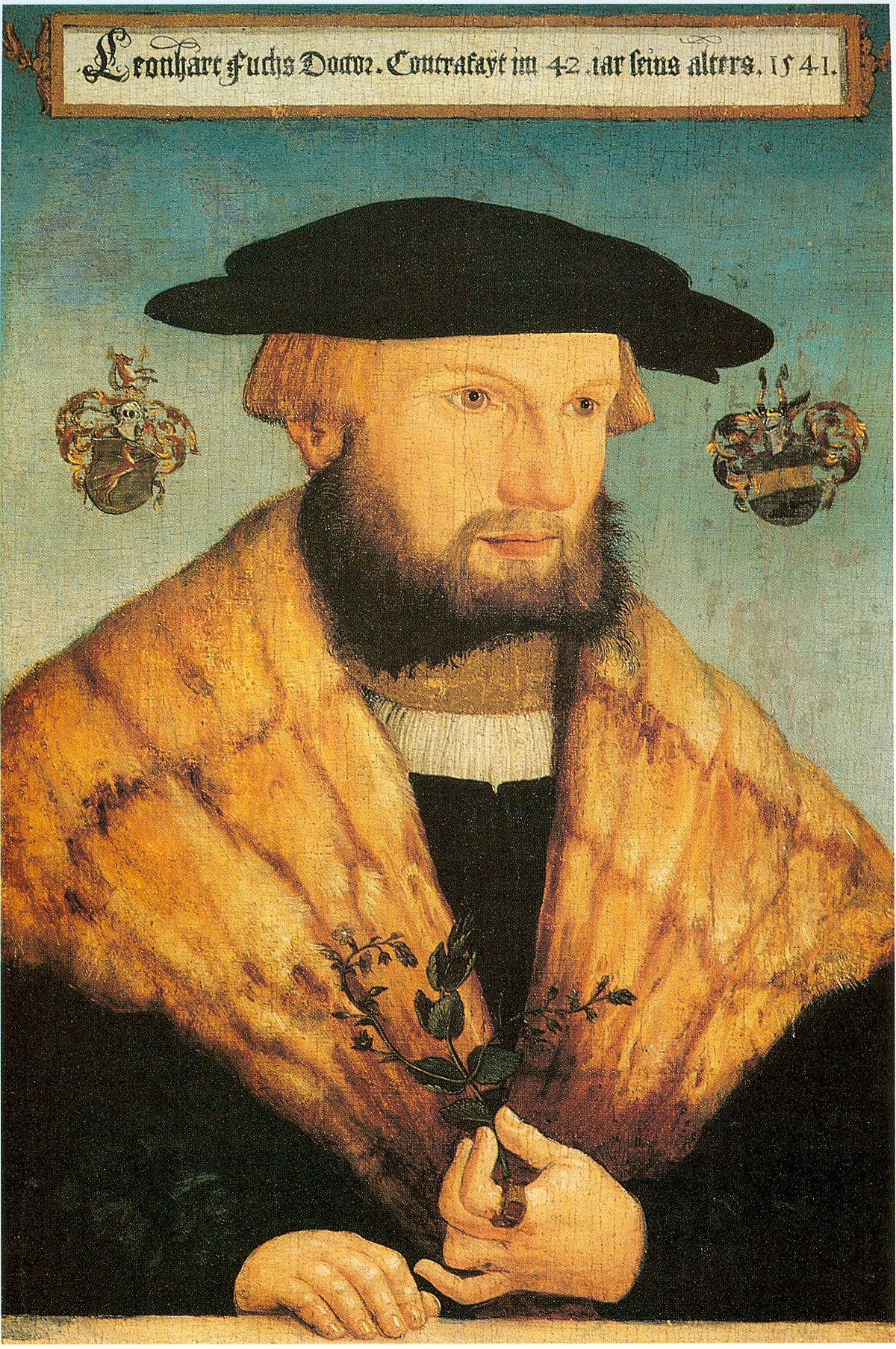
Leonhart Fuchs was a German humanist scientist, botanist, and physician.
Fuchs received a humanistic education under Catholic guidance, but later became a Protestant. He studied medicine and became a professor in Tübingen. He was most interested in the medicinal properties of plants. Well acquainted with the Greek and Latin classics and an excellent observer, he gave precise descriptions, and his beautiful engravings of plants established the tradition of depicting plants with precise illustrations and in alphabetical order.
In 1542 Fuchs published his most important work, De Historia Stirpium Commentarii Insignes (Famous Commentaries on the History of Plants). The book was a great success, especially because of the magnificent woodcuts and the 487 plants, which were described for the first time in such a systematic form. De Historia Stirpium survived several editions and was translated into Dutch and German.
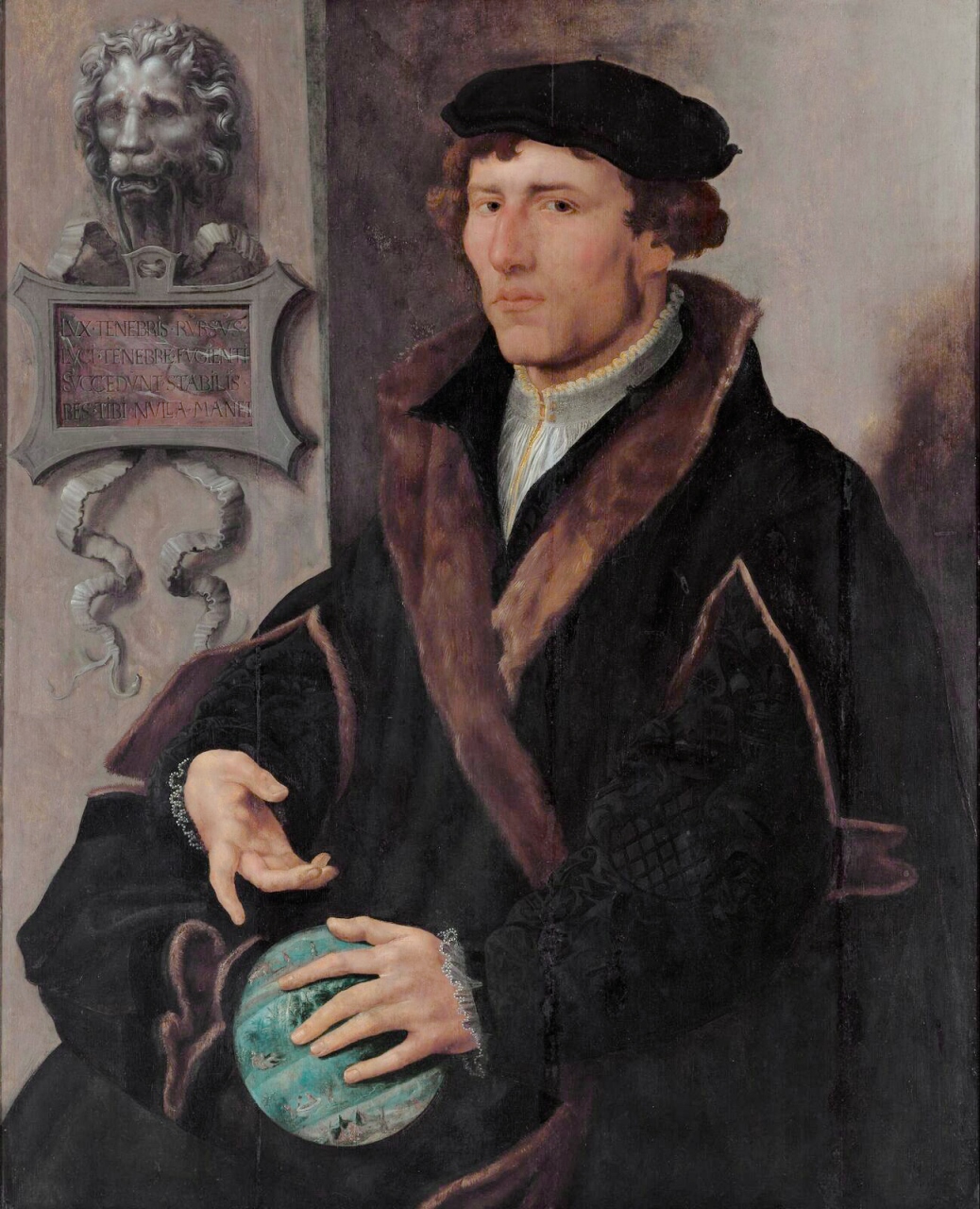
Gemma Frisius, born Jemme Reinerszoon Frisius, was a Dutch mathematician, physician, cartographer, philosopher, engraver, and master of astronomical instruments.
He taught mathematics and medicine at the University of Leuven and applied his mathematical knowledge to astronomy, geography, and map-making. Frisius participated in the creation of the latest globes and used mathematics in geodesy and navigation in new ways and invented or improved many instruments, including the cross staff, the astrolabe, and the astronomical rings (also known as "Gemma rings"). He ran a workshop for making such instruments.
Frisius is credited with being one of the founders of the Dutch school of cartography.
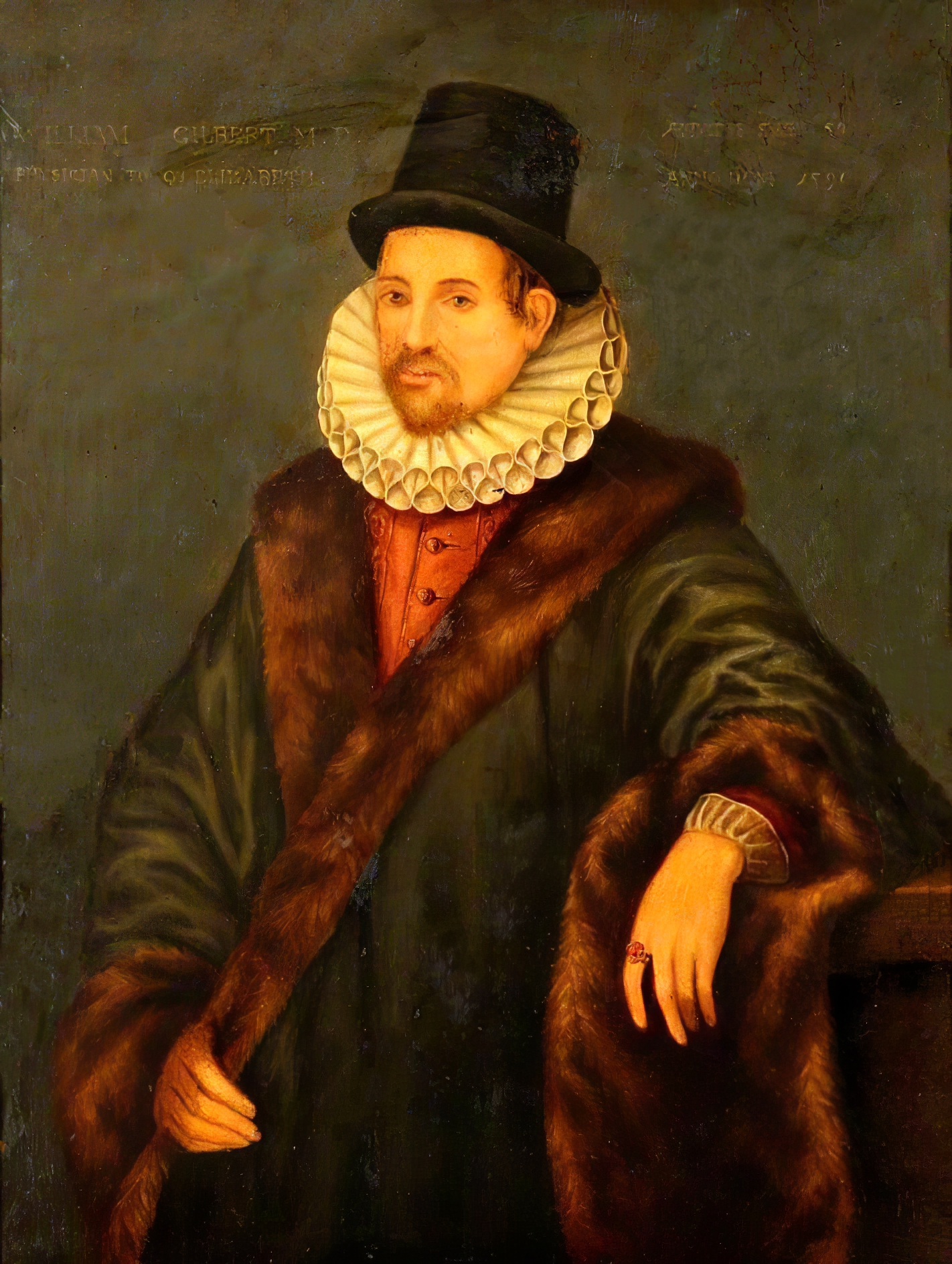
William Gilbert was a British physicist and medical scientist famous for pioneering the study of magnetic and electrical phenomena.
After receiving a medical degree, Gilbert settled in London and began his research. In his major work De Magnete, Magneticisque Corporibus, et de Magno Magnete Tellure (On Magnetic Stones and Magnetic Bodies and the Great Magnet of the Earth), published in 1600, the scientist describes in detail his studies of magnetic bodies and electric attraction.
After years of experimentation, he came to the conclusion that the compass arrow points north-south and downward because the Earth acts as a rod magnet. He was the first to use the terms electric attraction, electric force, and magnetic pole. Gilbert came to believe that the Earth rotates on its axis and that the fixed stars are not all the same distance from the Earth, and believed that the planets are held in their orbits by magnetism.
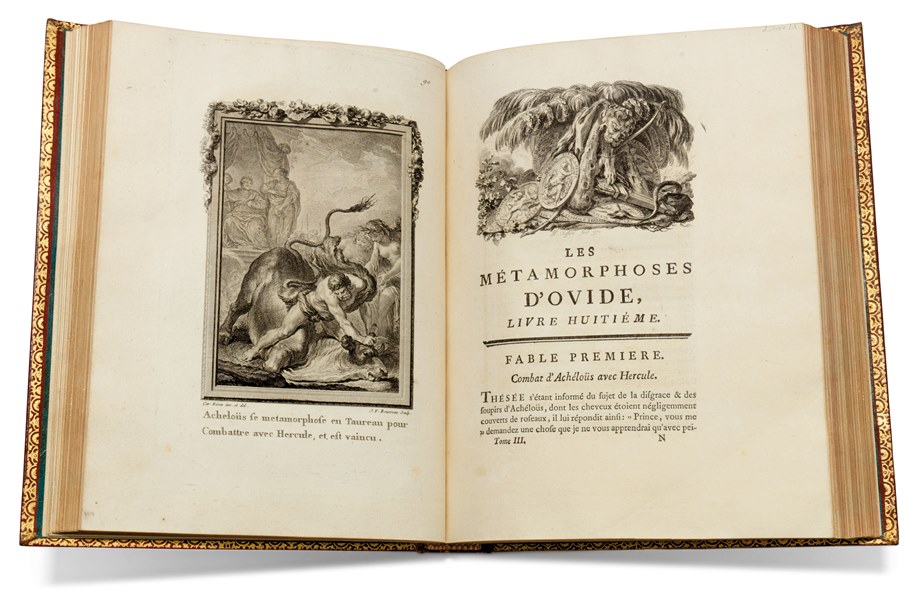
Johannes Busch was a major Dutch clergyman and reformed theologian.
As a monastic reformer and chronicler, the Augustinian canon of Windesheim, Johannes Busch is one of the most prominent figures of the Devotio moderna ("New Piety") movement in Catholicism. With his historiographical works Chronicle of the Monastery of Windesheim and Liber de reformatione monasteriorum he shaped the association of the Windesheim monastery and the late medieval observance movement.
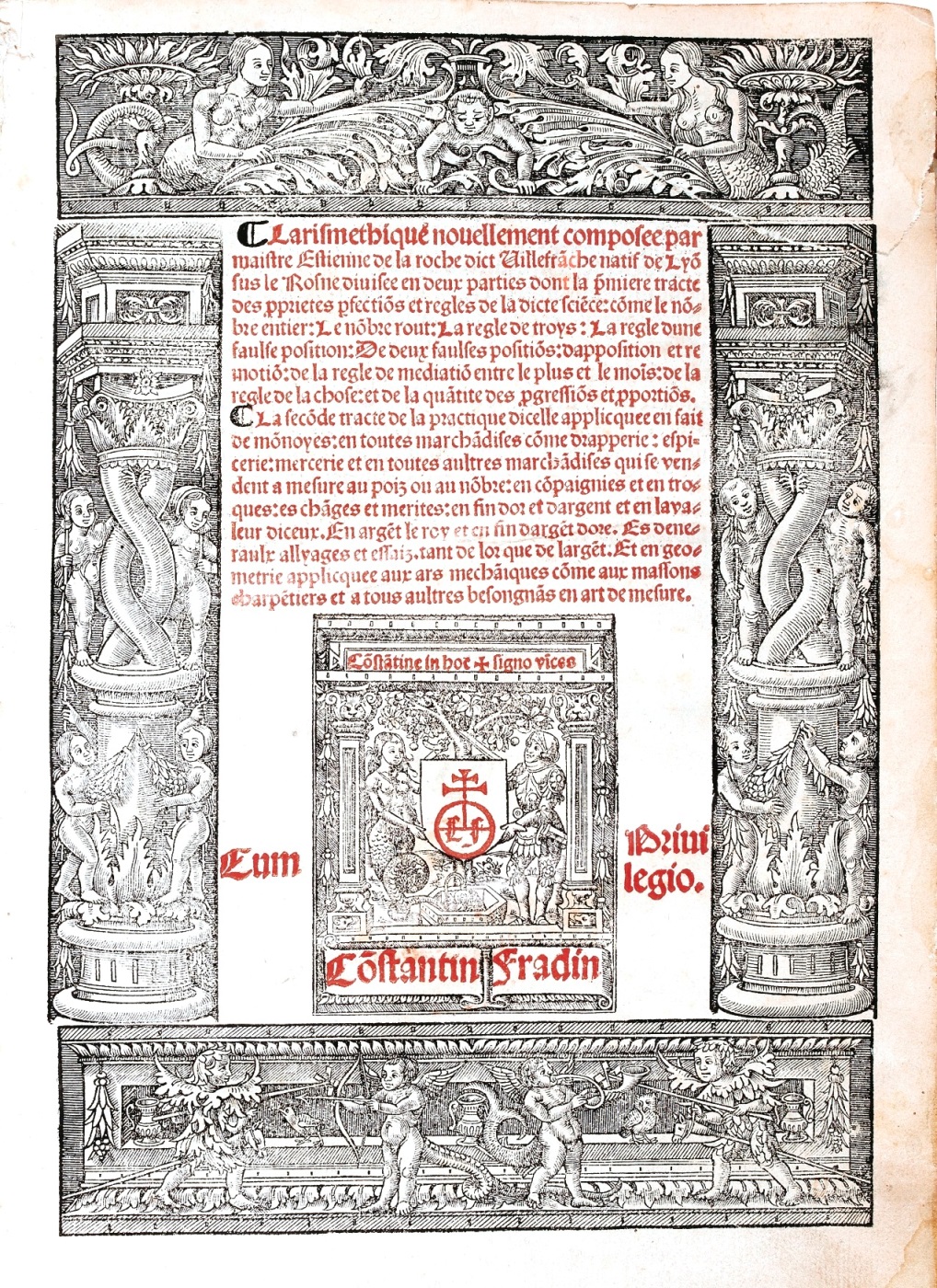
Estienne de la Roche, also known as Estienne de Villefranche, was a French mathematician.
He is known for having taught mathematics in Lyon for 25 years as a professor of mathematics. In 1520 he published the Arismatics, considered at the time the best reference book on algebra.
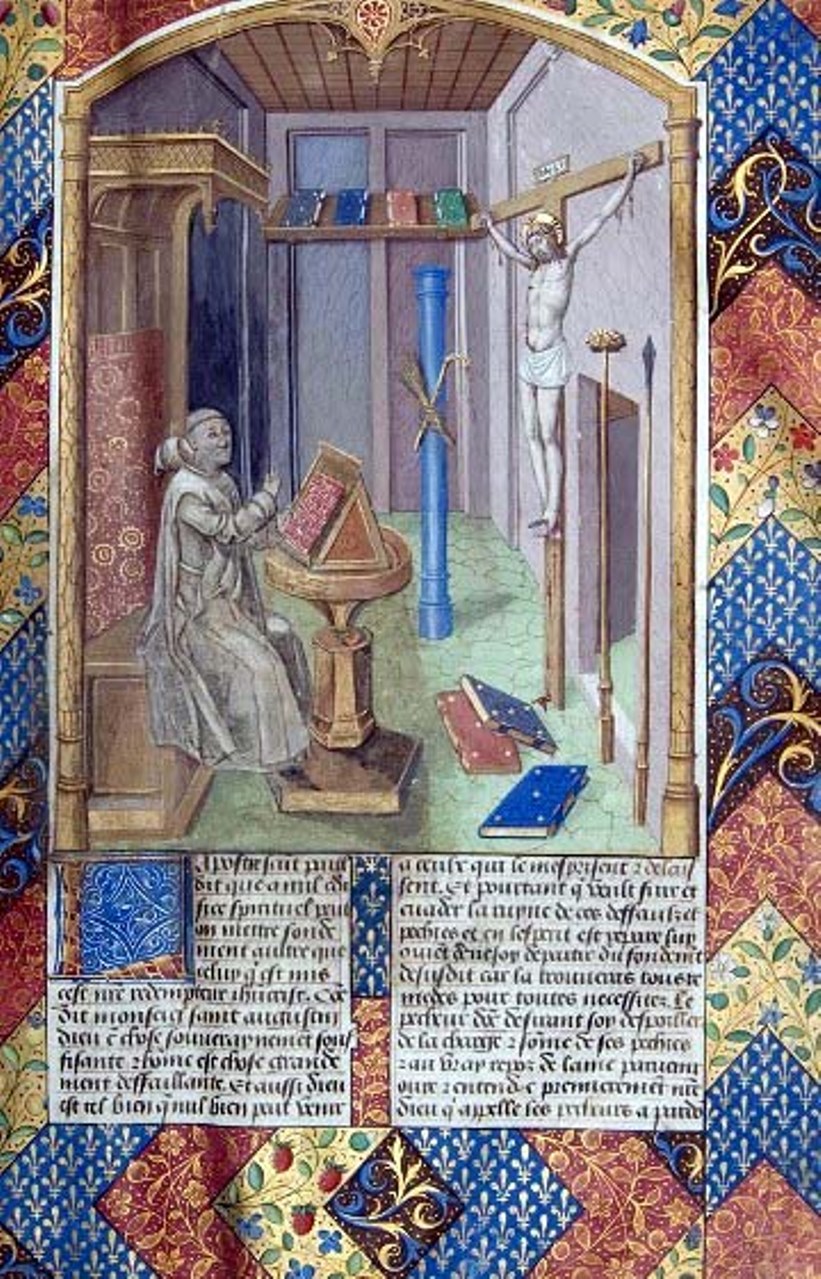
Ludolf of Saxony (German: Ludolf von Sachsen), also known as Ludolf der Kartäuser, was a Roman Catholic theologian and Christian writer of German origin.
The major work of his life was Vita Christi (Life of Christ), also known as Speculum vitae Christi (Mirror of the Life of Christ), completed in 1374. The book is not only a biography of Jesus, but also a history, commentaries by church fathers, and a series of dogmatic and moral reflections, spiritual teachings, meditations, and prayers. This work was very popular in the fourteenth and fifteenth centuries and was first printed in the 1470s.
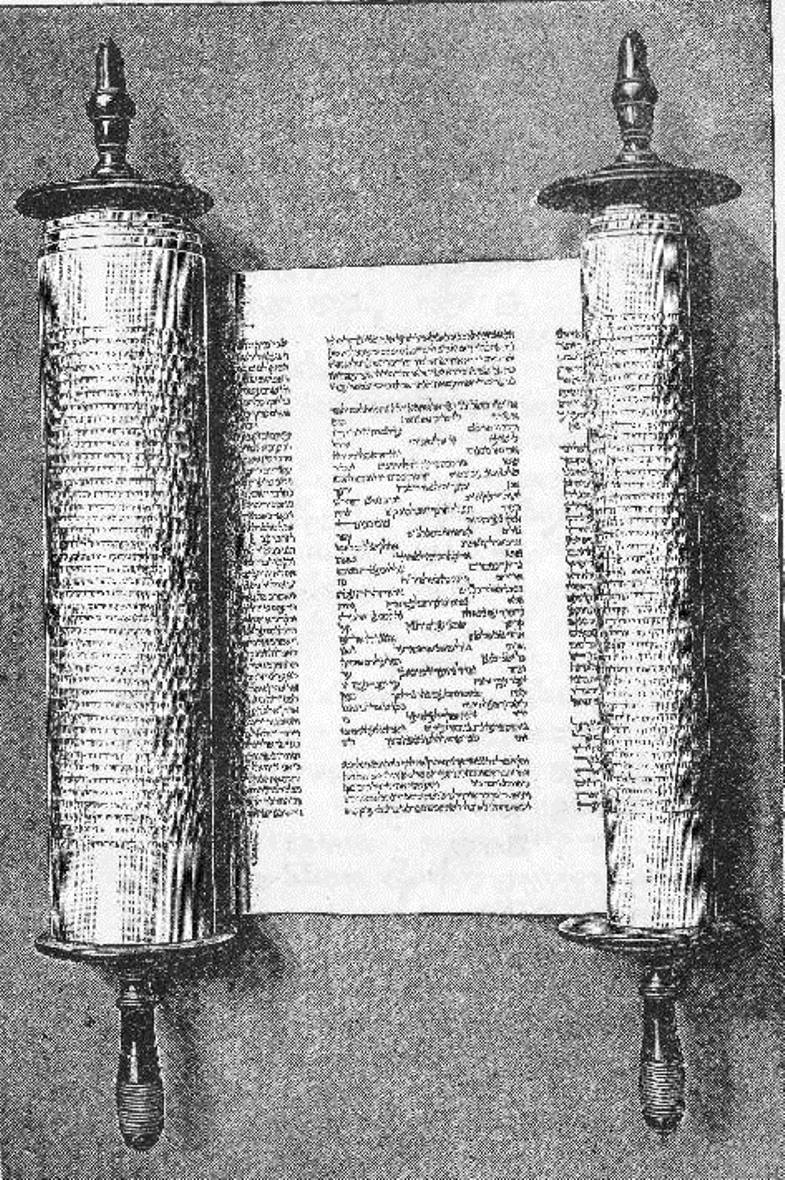
Paolo Ricci (Italian: Paolo Ricci, Latin: Paulus Ricius, German: Paul Ritz), also known as Ritz, Riccio, or Paulus Israelita, was a humanist convert from Judaism, a writer-theologian, Kabbalist, and physician.
After his baptism in 1505 he published his first work, Sol Federis, in which he affirmed his new faith and sought through Kabbalah to refute modern Judaism. In 1506 he moved to Pavia, Italy, where he became a lecturer in philosophy and medicine at the university and met Erasmus of Rotterdam. Ricci was also a learned astrologer, a professor of Hebrew, philosophy, theology, and Kabbalah, a profound connoisseur and translator of sacred texts into Latin and Hebrew, and the author of philosophical and theological works.
Paolo Ricci was a very prolific writer. His Latin translations, especially the translation of the Kabalistic work Shaare Orach, formed the basis of the Christian Kabbalah of the early 16th century.
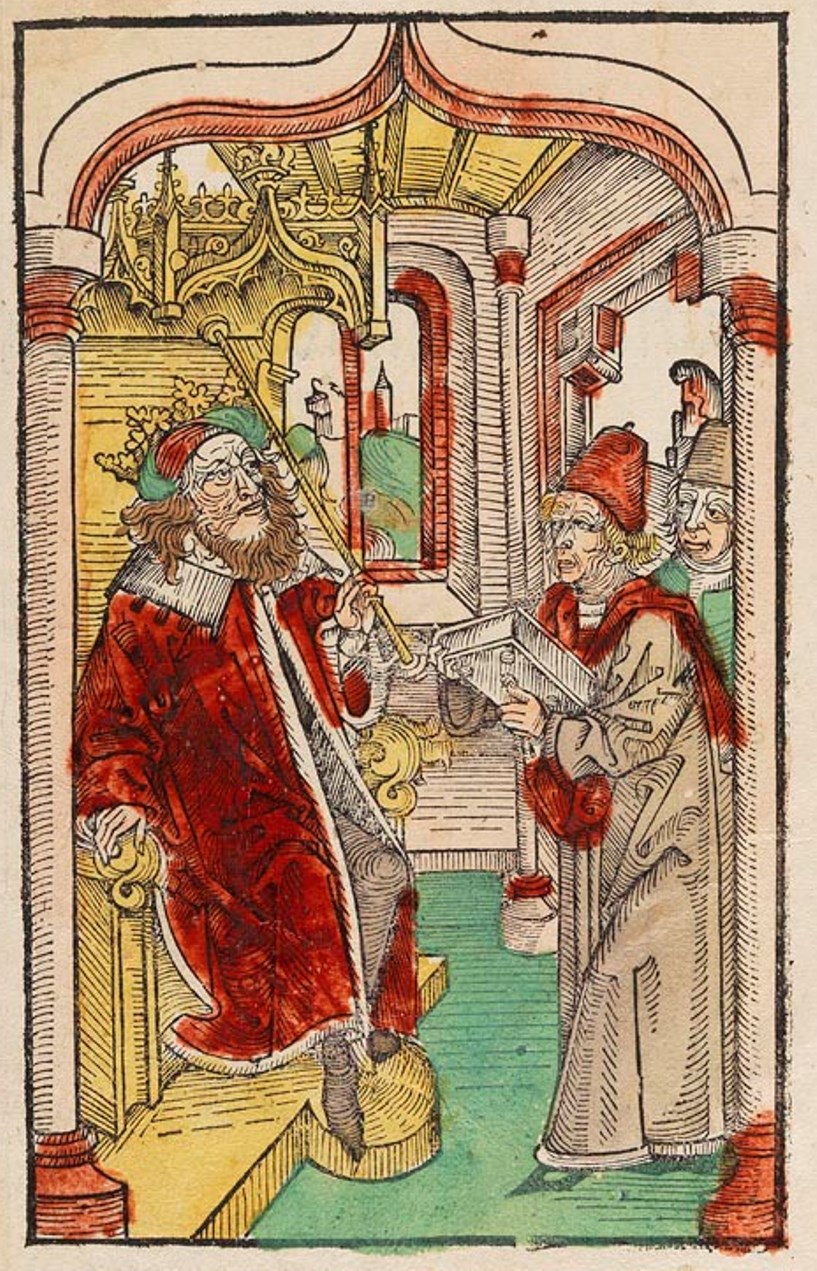
Werner Rolewinck (Latin: Wernerus Rolewinkius) was a German chronicler, historian, and theologian.
Werner Rolewinck was a Cartesian monk. His best known and most important work is Fasciculus temporum, a history from the creation of the world to Pope Sixtus IV. Already during his lifetime this work was republished many times in Latin, French, Dutch, and German. Drawing on major Christian historiographical sources such as Orosius and Eusebius, Fasciculus presents the history of the world in the form of a genealogy, a traditional historiographical structure dating back to late antiquity.
Another famous work by Rolewink is a description of the manners and customs of his homeland entitled De laude veteris Saxsoniæ nunc Westphaliæ dictæ.
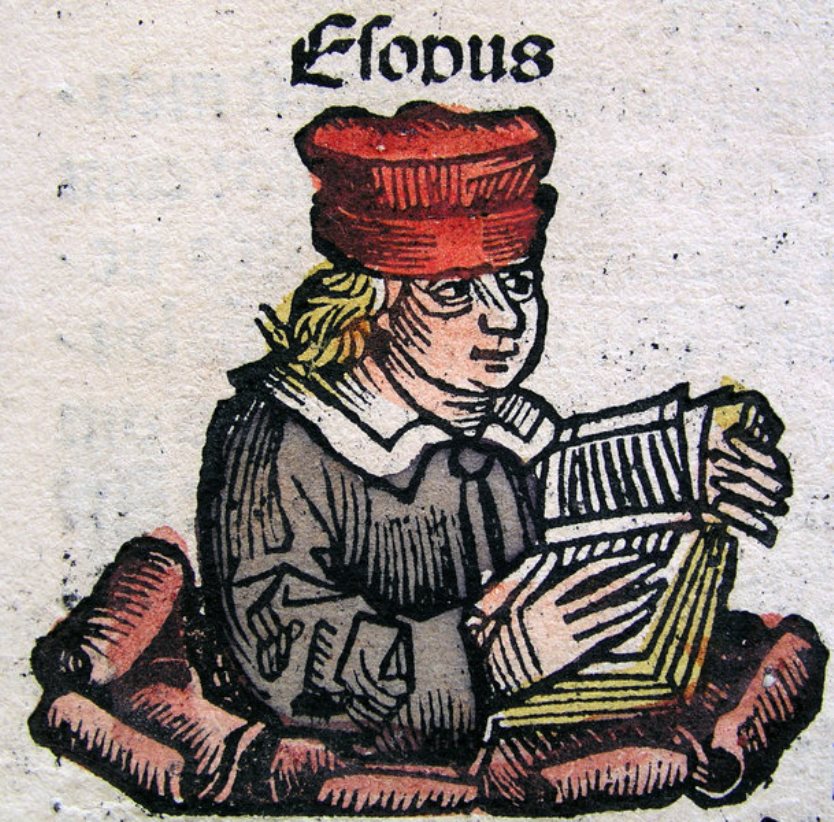
Hartmann Schedel was a German humanist, medical scientist, historian and chronicler.
Schedel was the first to compile a world chronicle, the so-called Visual History of the Earth from the Creation of the World to the 1490s, known as Schedelsche Weltchronik (Schedel's World Chronicle). It was published in 1493 in Nuremberg. About 600 woodcuts for this book were created by the artists and engravers Michael Wolgemuth (1434-1519) and Albrecht Dürer (1471-1528). The illustrations depict biblical scenes, family trees, portraits of famous personalities, and fairy tale or legendary creatures. However, the main ones here were maps of the world, Germany and Central Europe.
Hartmann Schedel was one of the first cartographers to use machine printing. He was also a renowned collector of books, artworks and engravings by old masters.
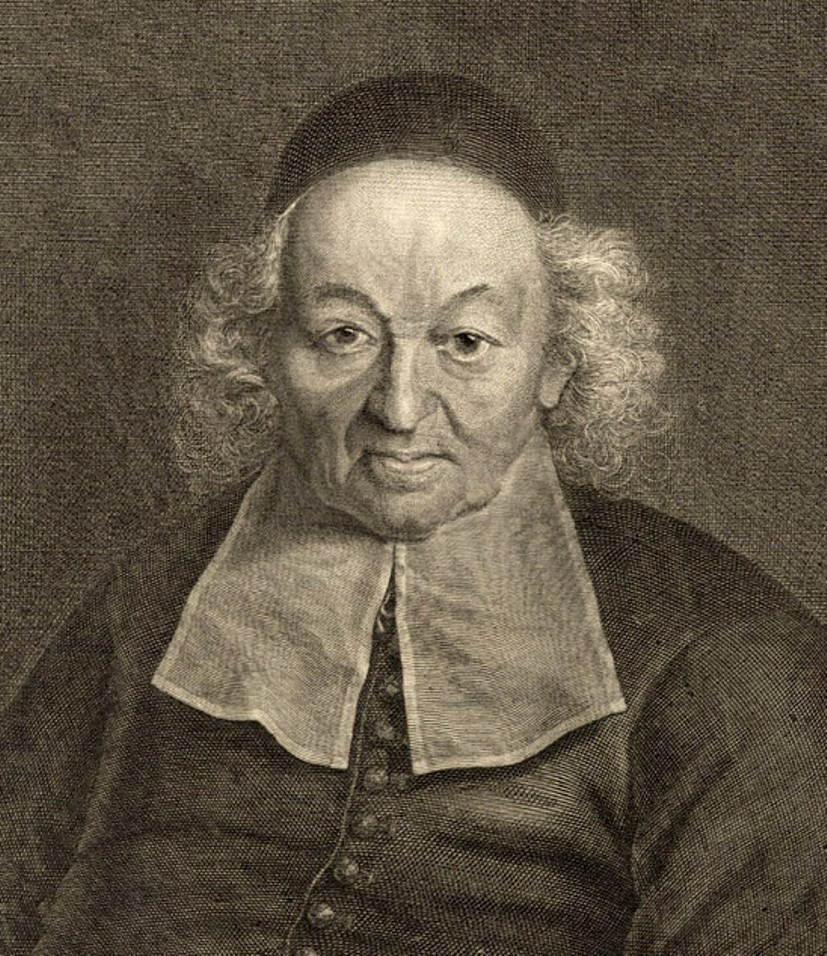
Ismaël Boulliau (Boulliaud), also known as Ismael Bullialdus, was a French astronomer and mathematician who followed the teachings of Copernicus.
Boulliau worked as a librarian for many years and had the opportunity to study the scientific works of Copernicus, Galileo, and Kepler, and as a result became a strong supporter of the heliocentric system of the world. Boulliau was also intimately acquainted with Huygens, Gassendi, Pascal and other prominent scientists of the time, and he translated many works from Greek into Latin.
Boulliau's main astronomical work, published in 1645, was Astronomia philolaica (Astronomy of Philolaus, named after the ancient Greek Pythagorean philosopher Philolaus, who promoted the idea of the motion of the Earth). In it, he supported Kepler's first law that the planets move on ellipses, and provided new evidence for this. Isaac Newton, in Book III of The Mathematical Beginnings of Natural Philosophy, relies on measurements of the magnitudes of planetary orbits determined from observations by Kepler and Boulliau.
Boulliau was also interested in history, theology, classical studies, and philology. He was active in the Republic of Letters, an intellectual community whose members exchanged ideas.
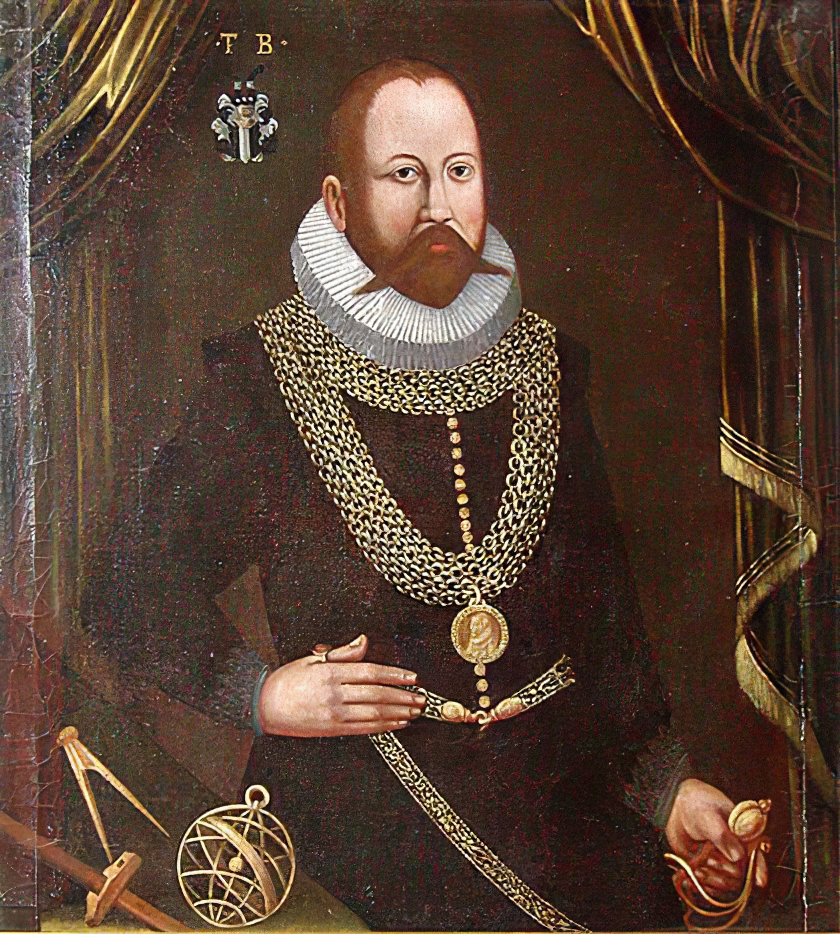
Tycho Brahe, born Tyge Ottesen Brahe, more commonly called Tycho, was a prominent Danish astronomer, astrologer, and alchemist of the Renaissance.
As a young man he traveled extensively throughout Europe, studying in Wittenberg, Rostock, Basel, and Augsburg and acquiring mathematical and astronomical instruments. In 1572 Tycho unexpectedly even for himself discovered a new star in Cassiopeia, and the publication of this turned the young Dane into an astronomer of European reputation. For further astronomical research he established an observatory and gathered around him modern progressive scientists.
Besides practicing astronomy, Tycho was an artist, scientist, and craftsman, and everything he undertook or surrounded himself with had to be innovative and beautiful. He even founded a printing house to produce and bind his manuscripts in his own way, and he perfected sanitary ware for convenience. His development of astronomical instruments and his work in measuring and fixing the positions of the stars laid a solid foundation for future discoveries.
Tycho's observations - the most accurate possible before the invention of the telescope - included a comprehensive study of the solar system and the precise positions of more than 777 fixed stars. What Tycho accomplished using only his simple instruments and intellect remains a remarkable achievement of the Renaissance.

Tycho Brahe, born Tyge Ottesen Brahe, more commonly called Tycho, was a prominent Danish astronomer, astrologer, and alchemist of the Renaissance.
As a young man he traveled extensively throughout Europe, studying in Wittenberg, Rostock, Basel, and Augsburg and acquiring mathematical and astronomical instruments. In 1572 Tycho unexpectedly even for himself discovered a new star in Cassiopeia, and the publication of this turned the young Dane into an astronomer of European reputation. For further astronomical research he established an observatory and gathered around him modern progressive scientists.
Besides practicing astronomy, Tycho was an artist, scientist, and craftsman, and everything he undertook or surrounded himself with had to be innovative and beautiful. He even founded a printing house to produce and bind his manuscripts in his own way, and he perfected sanitary ware for convenience. His development of astronomical instruments and his work in measuring and fixing the positions of the stars laid a solid foundation for future discoveries.
Tycho's observations - the most accurate possible before the invention of the telescope - included a comprehensive study of the solar system and the precise positions of more than 777 fixed stars. What Tycho accomplished using only his simple instruments and intellect remains a remarkable achievement of the Renaissance.
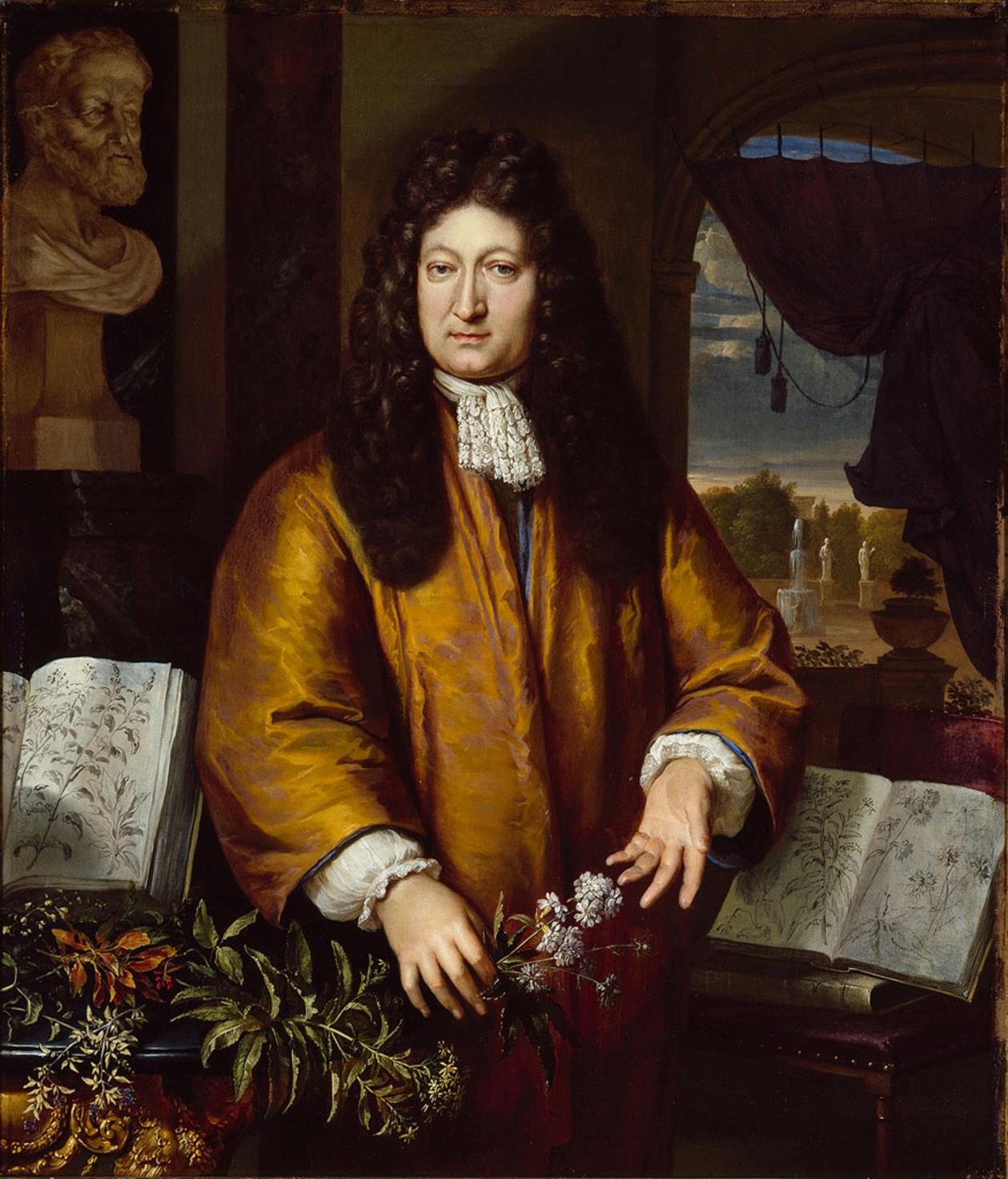
Jan Commelin (Dutch: Jan Commelin or Jan Commelijn), also Johannes Commelin, was a Dutch botanist.
Jan Commelin is the son of the historian Isaac Commelin. He was a professor of botany and director of the Amsterdam Botanical Gardens. Jan Commelin wrote many scientific works on botany, notably compiling the first volume of descriptions of East and West Indian plants. The second volume was written by Jan's nephew, the botanist Caspar Kommelin, who expanded the earlier descriptions and added notes on African plants.
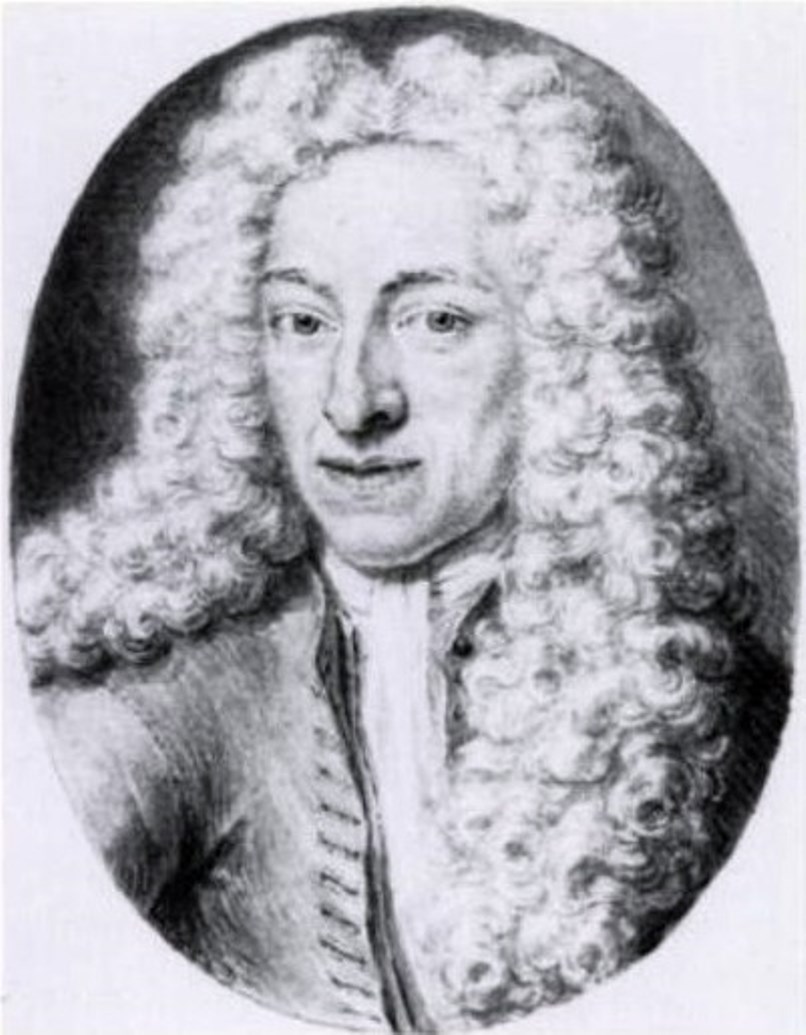
Caspar Commelin was a Dutch botanist and mycologist.
Caspar Commelin was trained as a medical doctor, practiced botanical science and worked on books that were left unfinished due to the death of his uncle, botanist Jan Commelin. Caspar was mainly interested in exotic plants.
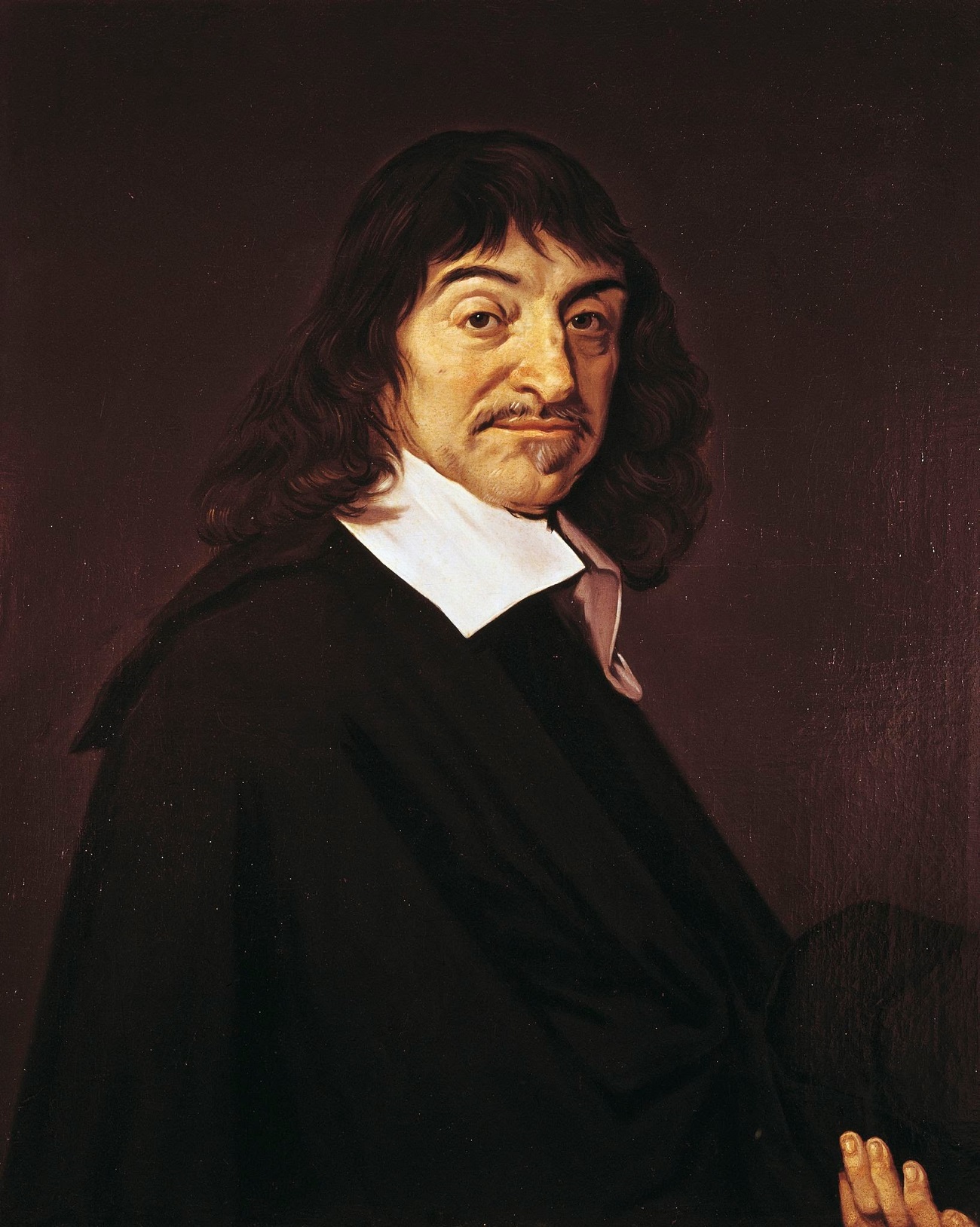
René Descartes was a French philosopher, mathematician, and natural scientist who is considered the founder of modern philosophy.
Descartes was a very versatile scientist: besides numerous philosophical reflections, he wrote works on optics, meteorology and geometry. Contemporaries noted his extensive knowledge in many sciences. Descartes owns the famous saying "I think, therefore I exist" (best known in the Latin formulation "Cogito, ergo sum", although it was originally written in French: "Je pense, donc je suis").
He developed a metaphysical dualism that radically distinguished between mind, whose essence is thought, and matter, whose essence is extension in three dimensions. Descartes' metaphysics is rationalistic, based on the postulation of innate ideas of mind, matter, and God, but his physics and physiology, based on sense experience, are mechanistic and empirical.
Unlike his scientific predecessors, who felt a holy awe at the incomprehensibility of the divine essence of the universe, Descartes admired the ability of the human mind to understand the cosmos and to generate happiness itself, and rejected the view that human beings were inherently unhappy and sinful. He believed that it was inappropriate to pray to God to change the state of things and the world; it was much more productive to change oneself.
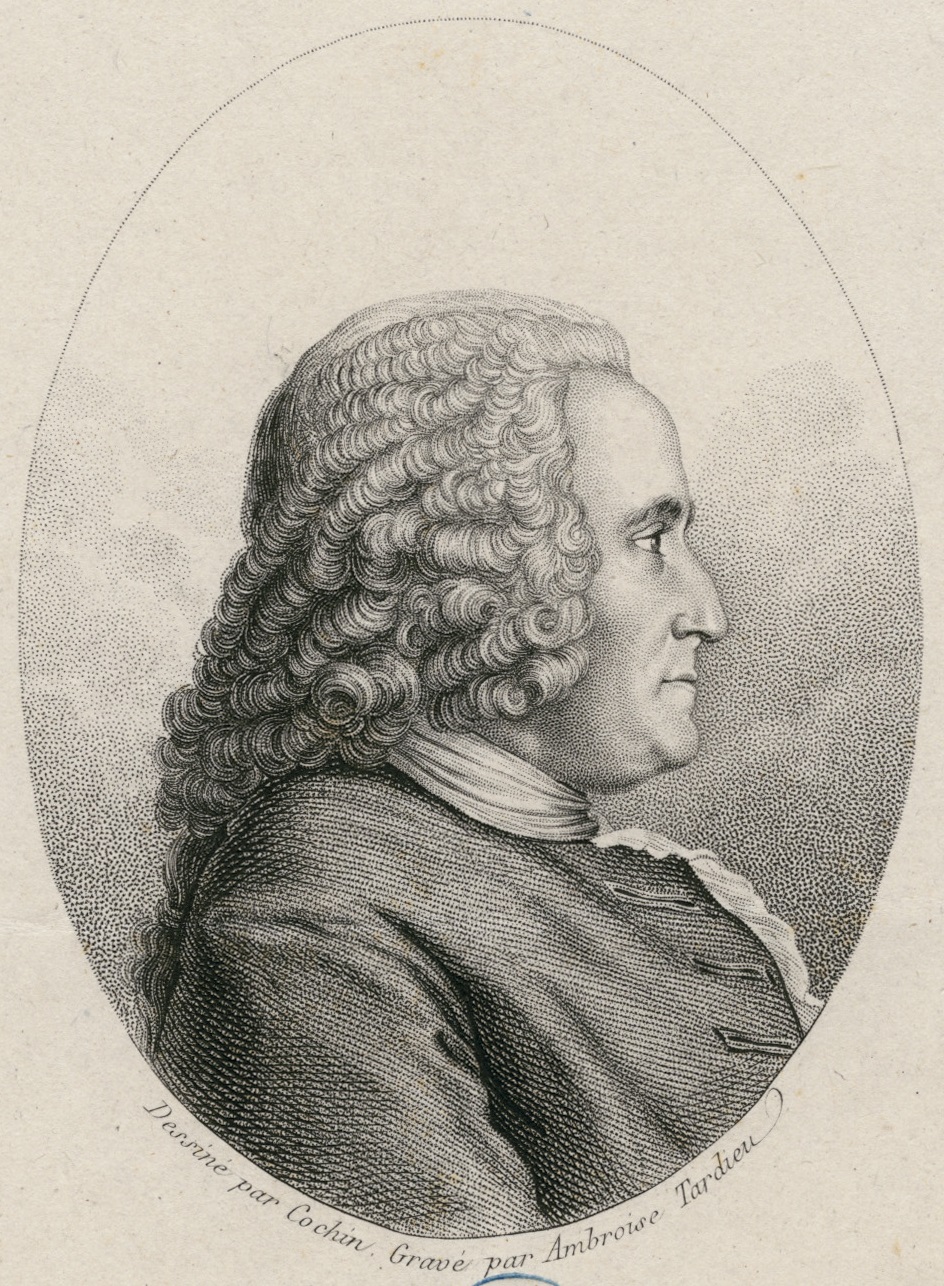
Denis Dodart was a French botanist, naturalist and physician.
Dodart studied at the University of Paris, received a doctorate in medicine and was already in his youth known for his erudition, eloquence and open-mindedness. In 1673 he was elected to the French Academy of Sciences.
He is known for his early studies of plant respiration and growth. Dodart collaborated with the French engraver Nicolas Robert to illustrate his botanical works.
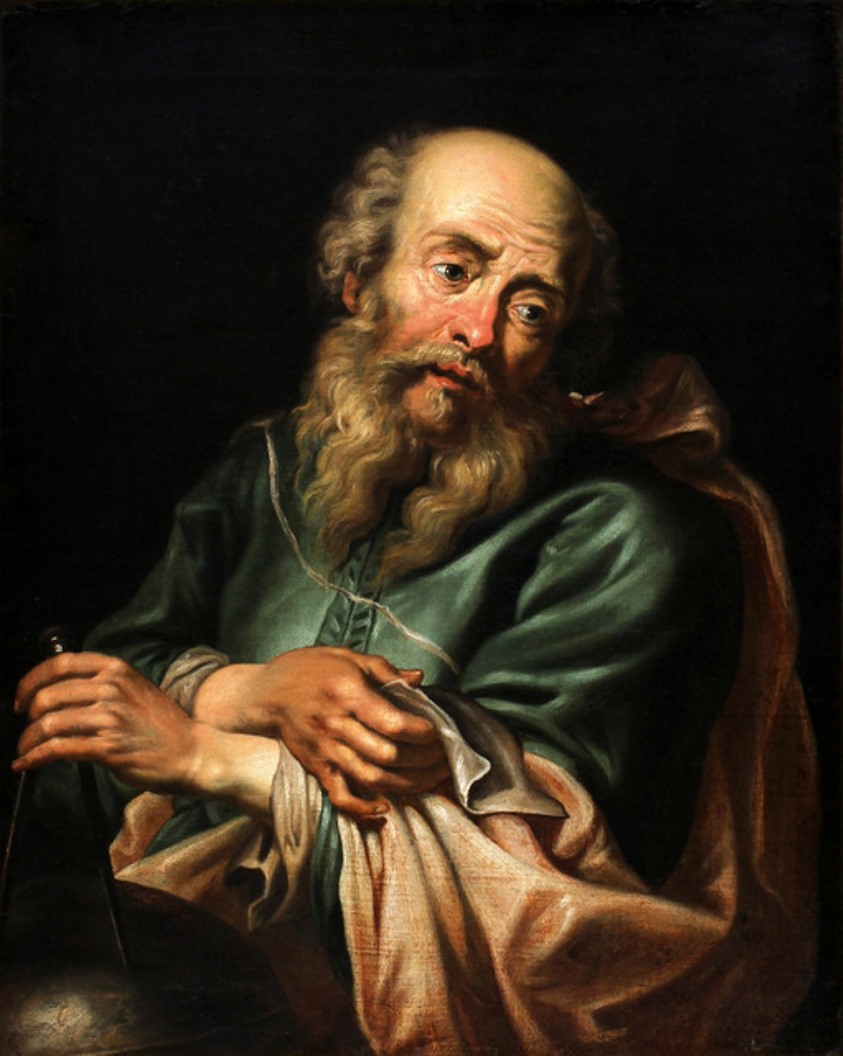
Galileo Galilei was an Italian naturalist, physicist, mechanic, astronomer, philosopher, and mathematician.
Using his own improved telescopes, Galileo Galilei observed the movements of the Moon, Earth's satellites, and the stars, making several breakthrough discoveries in astronomy. He was the first to see craters on the Moon, discovered sunspots and the rings of Saturn, and traced the phases of Venus. Galileo was a consistent and convinced supporter of the teachings of Copernicus and the heliocentric system of the world, for which he was subjected to the trial of the Inquisition.
Galileo is considered the founder of experimental and theoretical physics. He is also one of the founders of the principle of relativity in classical mechanics. Overall, the scientist had such a significant impact on the science of his time that he cannot be overemphasized.
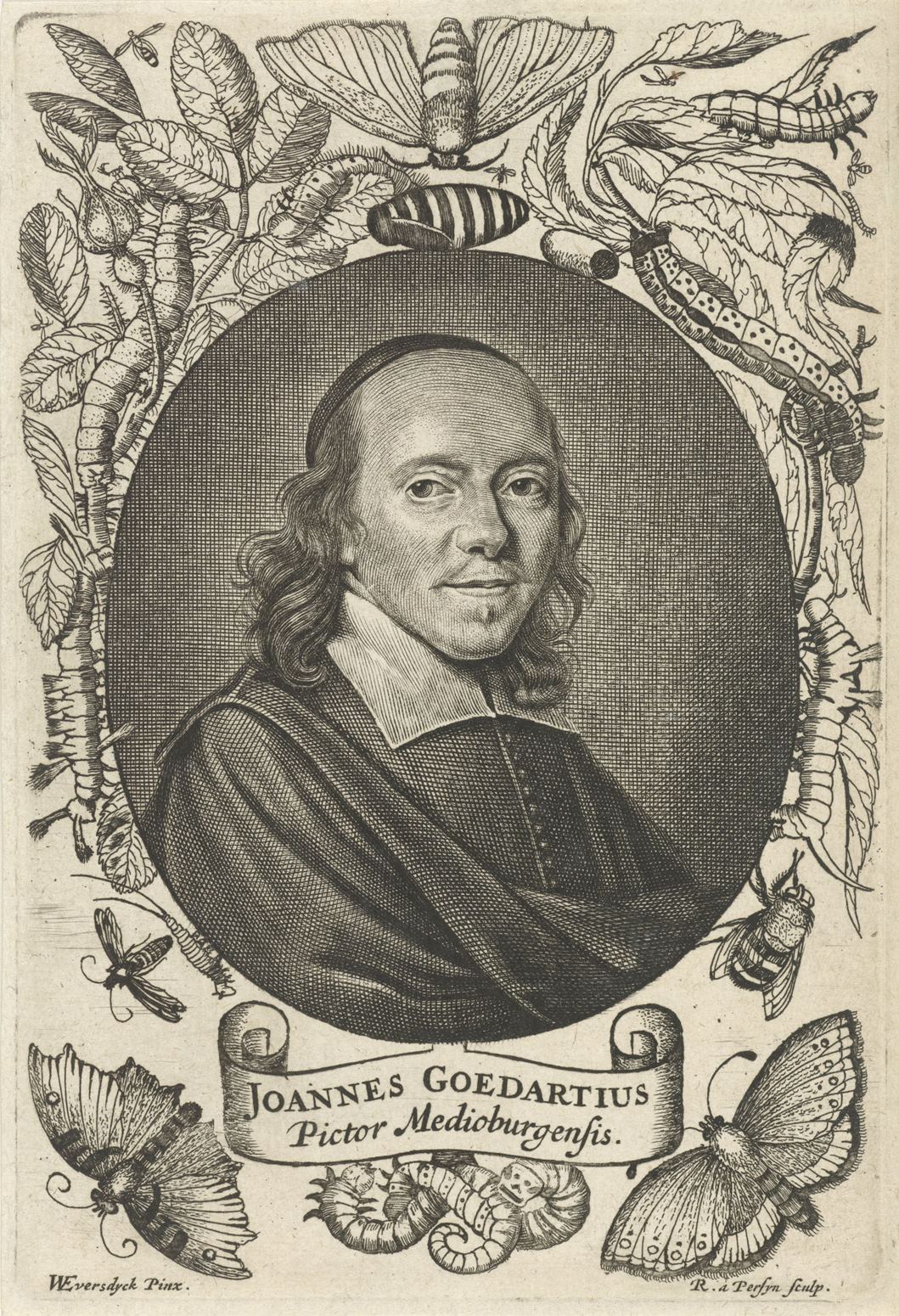
Johannes Goedaert was a Dutch naturalist, entomologist and artist.
Goedaert was one of the authors on entomology and the first to write about insects in the Netherlands and Europe, based on his own observations and experiments between 1635 and 1667. In 1660, Goedaert published the first of three volumes collectively titled Metamorphoses and History of Nature, the last volume appearing in 1669.
Goedaert's work is valuable in that for the first time he used his own drawings instead of woodcuts to illustrate his insects, and they are of noticeably higher quality than those in Moffett's volume. Goedaert was a talented and observant artist and draughtsman, and he used magnifying glasses but preferred to draw insects at life-size. The book depicts detailed phases of insect growth, including their metamorphosis. The scientist not only described the process of their development, but also described and sketched the various stages that insects go through during their life cycle.

Johannes Goedaert was a Dutch naturalist, entomologist and artist.
Goedaert was one of the authors on entomology and the first to write about insects in the Netherlands and Europe, based on his own observations and experiments between 1635 and 1667. In 1660, Goedaert published the first of three volumes collectively titled Metamorphoses and History of Nature, the last volume appearing in 1669.
Goedaert's work is valuable in that for the first time he used his own drawings instead of woodcuts to illustrate his insects, and they are of noticeably higher quality than those in Moffett's volume. Goedaert was a talented and observant artist and draughtsman, and he used magnifying glasses but preferred to draw insects at life-size. The book depicts detailed phases of insect growth, including their metamorphosis. The scientist not only described the process of their development, but also described and sketched the various stages that insects go through during their life cycle.

Johannes Goedaert was a Dutch naturalist, entomologist and artist.
Goedaert was one of the authors on entomology and the first to write about insects in the Netherlands and Europe, based on his own observations and experiments between 1635 and 1667. In 1660, Goedaert published the first of three volumes collectively titled Metamorphoses and History of Nature, the last volume appearing in 1669.
Goedaert's work is valuable in that for the first time he used his own drawings instead of woodcuts to illustrate his insects, and they are of noticeably higher quality than those in Moffett's volume. Goedaert was a talented and observant artist and draughtsman, and he used magnifying glasses but preferred to draw insects at life-size. The book depicts detailed phases of insect growth, including their metamorphosis. The scientist not only described the process of their development, but also described and sketched the various stages that insects go through during their life cycle.
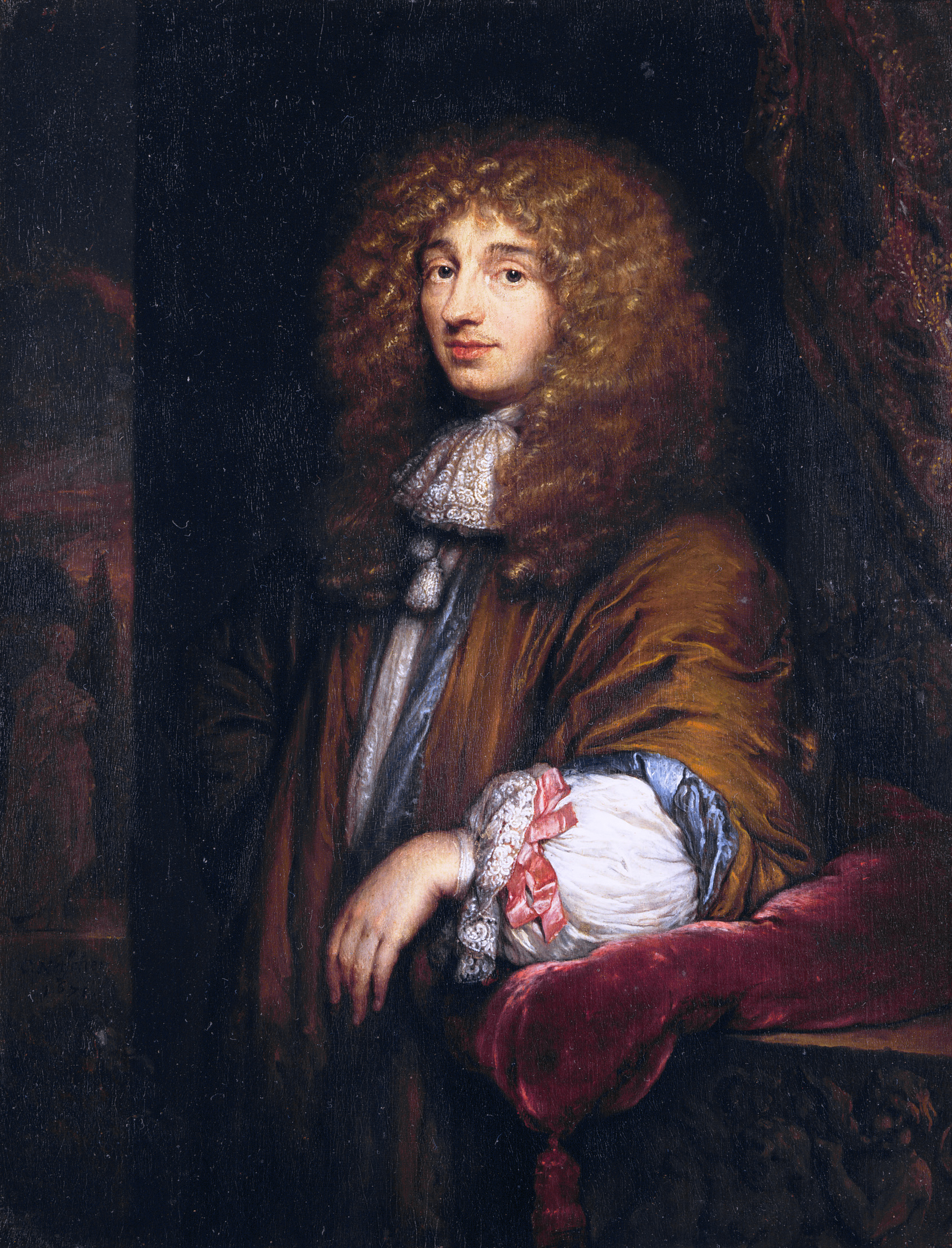
Christiaan Huygens van Zeelhem was a Dutch mechanic, physicist, mathematician, inventor and astronomer who formulated the wave theory of light.
An admirer of Descartes, Huygens preferred to conduct new experiments himself to observe and formulate laws. In physics, he contributed to the development of the crucial Huygens-Fresnel principle, which applies to wave propagation. He also extensively investigated free fall. He experimentally proved the law of conservation of momentum. He derived the law of centrifugal force for uniform circular motion.
He also invented the pendulum clock, discovered centrifugal force and the true shape of Saturn's rings as well as its moon Titan. Huygens is considered the first theoretical physicist to use formulas in physics and one of the founders of theoretical mechanics and probability theory.
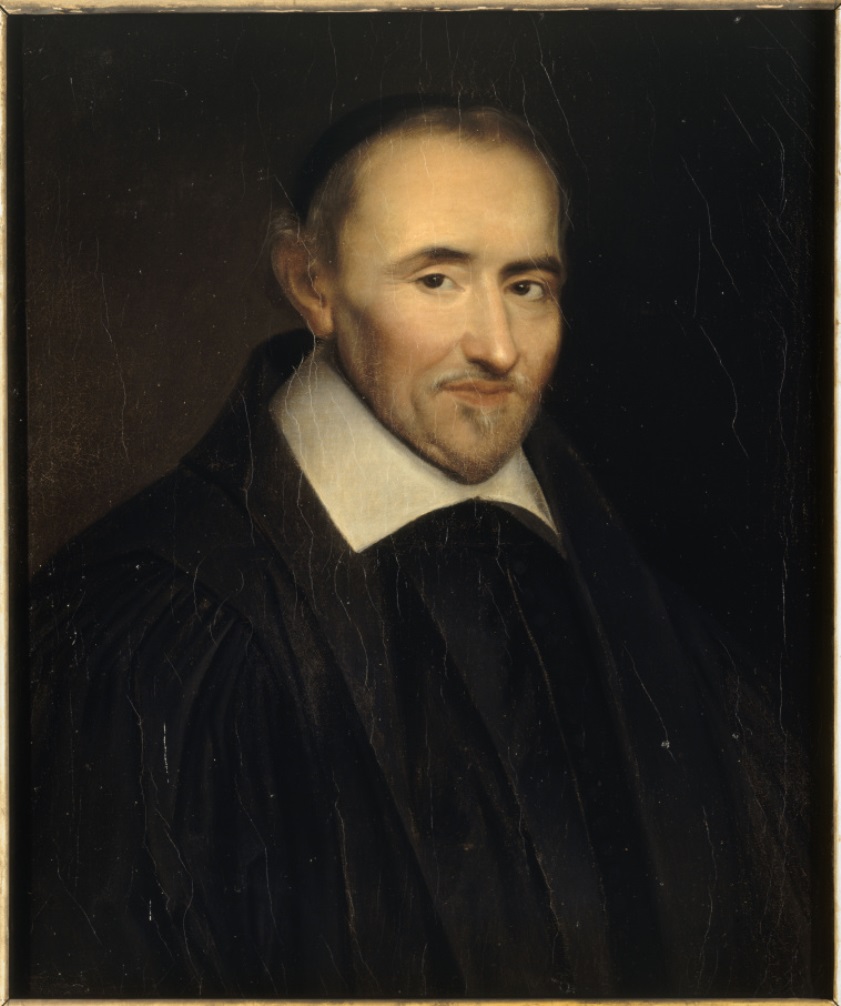
Pierre Gassendi was a French Catholic priest, Epicurean philosopher, mathematician, astronomer and researcher of ancient texts.
He taught rhetoric at Diné and philosophy at Aix-en-Provence. Gassendi's Syntagma philosophicum, the result of his historical research and philosophical reflections, is a well-known work. Several of his works on astronomy, physics and mechanics were also published in the 17th century.

Johannes Kepler was a German mathematician and astronomer who discovered that the Earth and planets move around the Sun in elliptical orbits.
Kepler created the three fundamental laws of planetary motion. He also did seminal work in optics and geometry, calculated the most accurate astronomical tables, and made many inventions and discoveries in physics on which further scientific discoveries by advanced scientists were based.
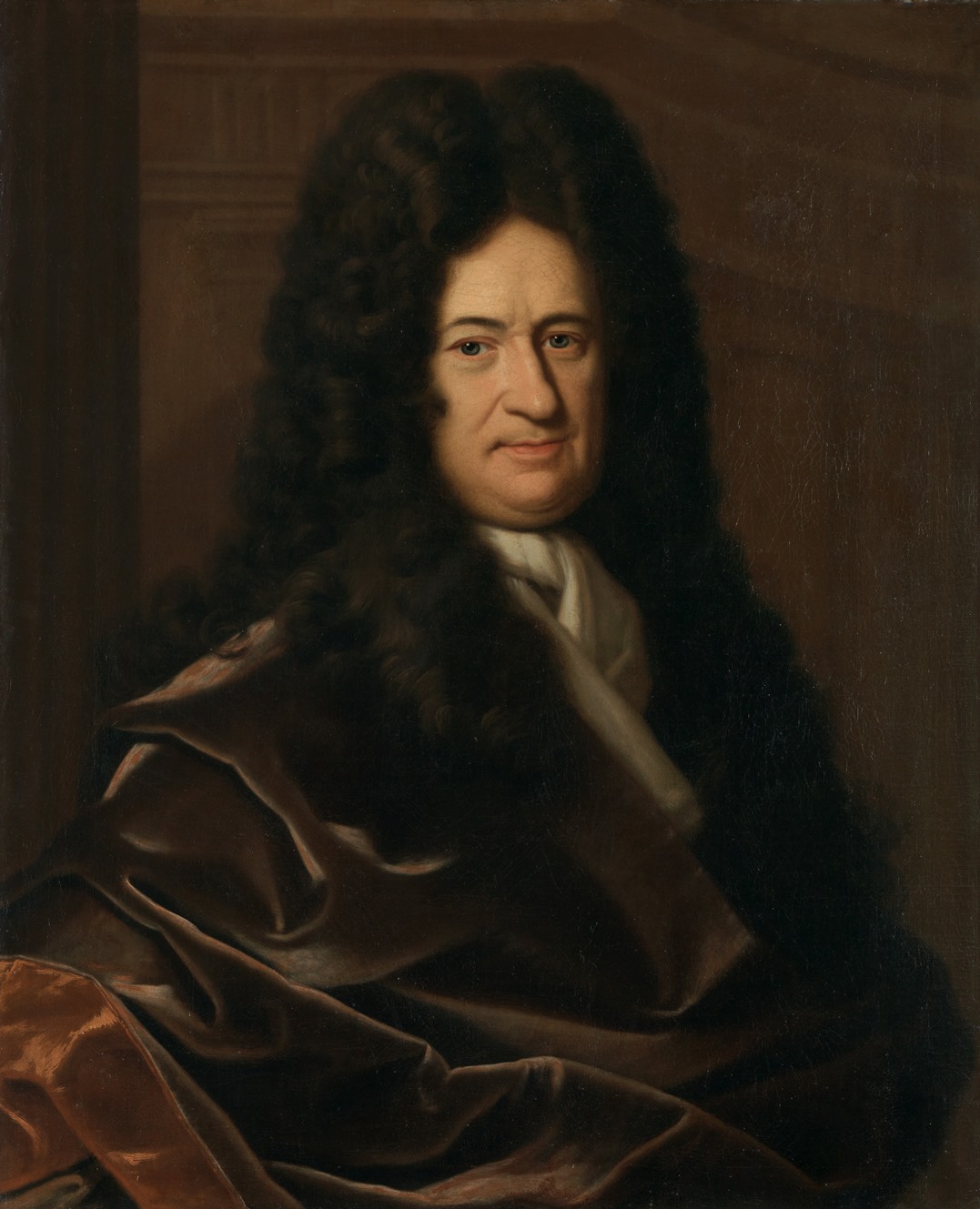
Gottfried Wilhelm Leibniz was a German philosopher and a prominent polymath in many fields of science.
Leibniz was a universal genius; he showed his talents in logic, mathematics, mechanics, physics, law, history, diplomacy, and linguistics, and in each of the disciplines he has serious scientific achievements. As a philosopher, he was a leading exponent of 17th-century rationalism and idealism.
Leibniz was a tireless worker and the greatest scholar of his time. In the fate of Leibniz, among other things, there is one interesting page: in 1697, he accidentally met the Russian Tsar Peter I during his trip to Europe. Their further meetings led to the realization of several grandiose projects in Russia, one of which was the establishment of the Academy of Sciences in St. Petersburg.
Gottfried Wilhelm Leibniz was also the founder and first president of the Berlin Academy of Sciences and a member of the Royal Society of London.
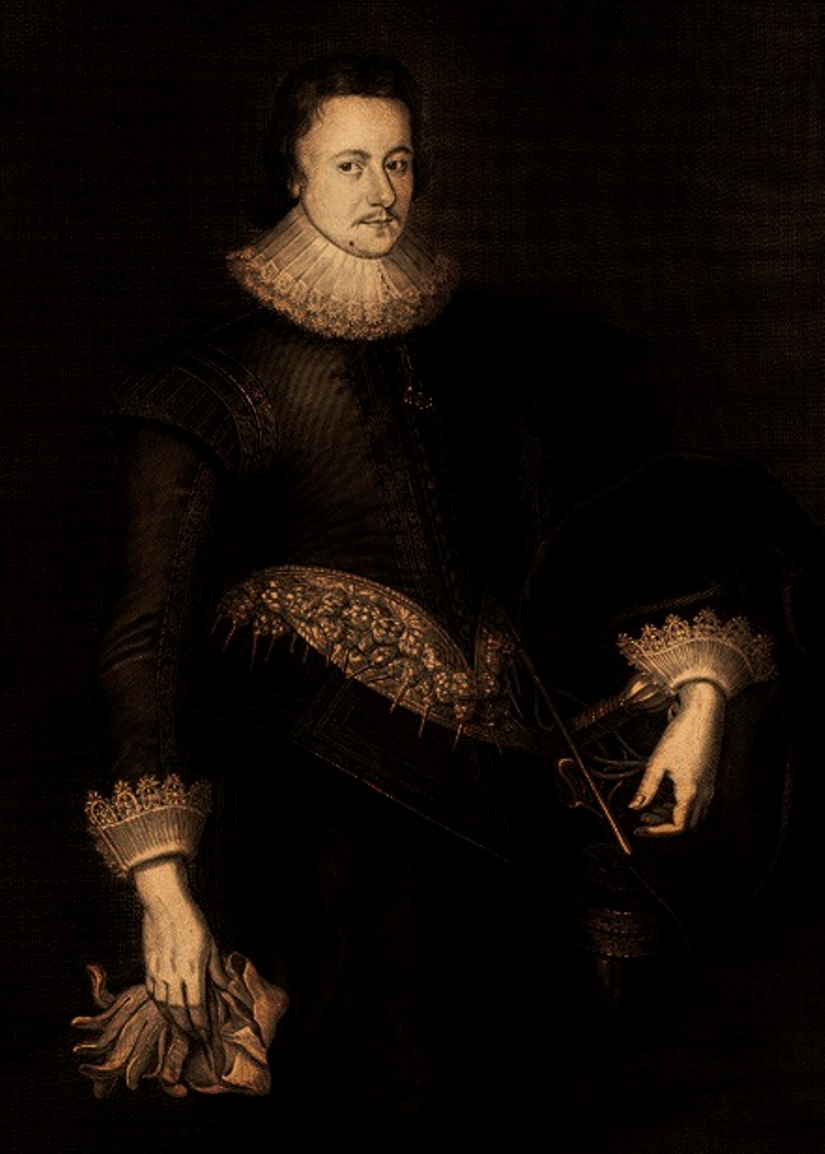
Martin Lister was a British naturalist and physician.
It could be argued that Lister founded two fields of natural history: arachnology (the study of spiders) and conchology (the study of the shells of organisms). He wrote more than 60 articles in the Philosophical Transactions of the Royal Society of London, published several volumes on natural history, speculated on the mysterious nature of fossils, and was successful as a physician.
Lister employed his artist daughters to illustrate his books on insects and molluscs - the names of Susanna and Anne appear on the title pages of the volumes. The Lister family published Historiæ Conchyliorum between 1685 and 1692.
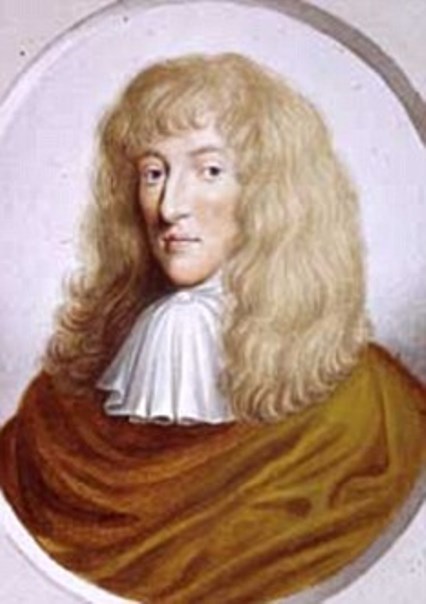
Christopher Merrett was a British physician and natural scientist.
Merrett was somewhat of a polymath and natural philosopher. His interests ranged from coinage and tin mining in Cornwall to glassblowing and butterfly taxonomy (his Pinax Rerum Naturalium Britannicarum of 1666 is now recognized as the earliest complete list of birds and butterflies in England).
However, he is much better known today as the first Englishman to record the existence of the sparkling wine phenomenon. It was Christopher Merrett in 1662 who first documented the existence of bubbles in an alcoholic beverage. He described the fundamental winemaking technique that was later called the "method of champanization" and perfected the production of stronger glass in the manufacture of wine fermentation bottles, which had previously exploded easily.
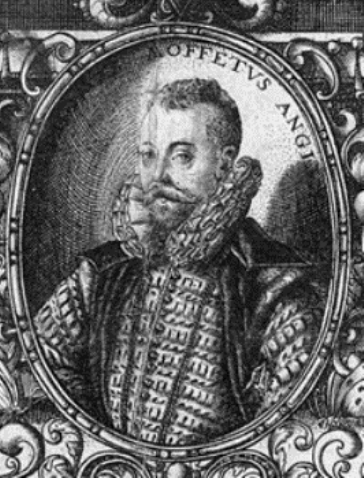
Thomas Moffet was a British naturalist-naturalist and physician.
After receiving his MD degree in 1580, Thomas Moffet studied the anatomy of the mulberry silkworm in Italy, then returned to England to study arthropods in general, especially spiders. He edited and expanded the work Insectorum sive Minimorum Animalium Theatrum ("Insect Theater"), an illustrated guide to the classification and life of insects.
Moffet was also an ardent supporter of the Paracelsian system of medicine.
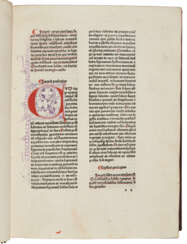

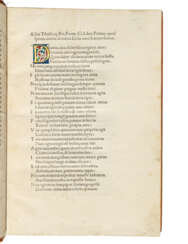

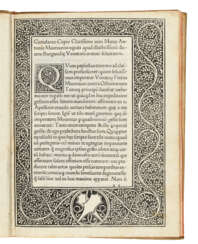

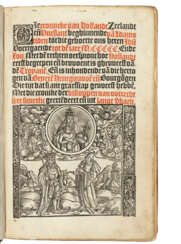







![[BUSCH, Johannes (1399/1400-after 1475)]](/assets/image/picture_2944660/8eb08/3af5961a08f66311d195db6df32ee3231689112800jpg__fix_374_244.jpeg)
![[BUSCH, Johannes (1399/1400-after 1475)]](https://veryimportantlot.com/assets/image/picture_2944660/8eb08/3af5961a08f66311d195db6df32ee3231689112800jpg__fix_374_244.jpeg)
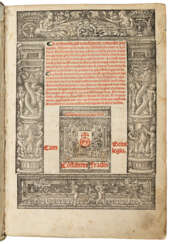



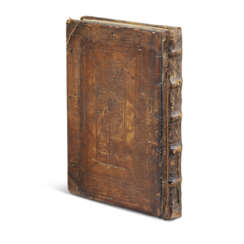

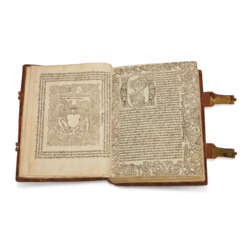

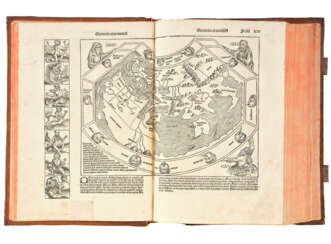



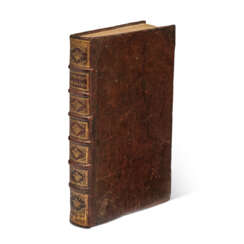



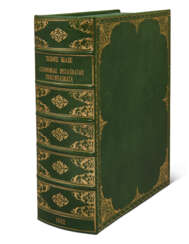

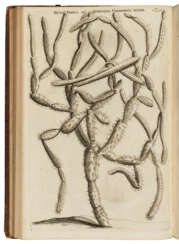

![[DESCARTES, René (1596-1650)]](/assets/image/picture_2945222/9d12c/1b1831dfc7e19e287b331e6d22dc7f781689112800jpg__fix_374_244.jpeg)
![[DESCARTES, René (1596-1650)]](https://veryimportantlot.com/assets/image/picture_2945222/9d12c/1b1831dfc7e19e287b331e6d22dc7f781689112800jpg__fix_374_244.jpeg)
